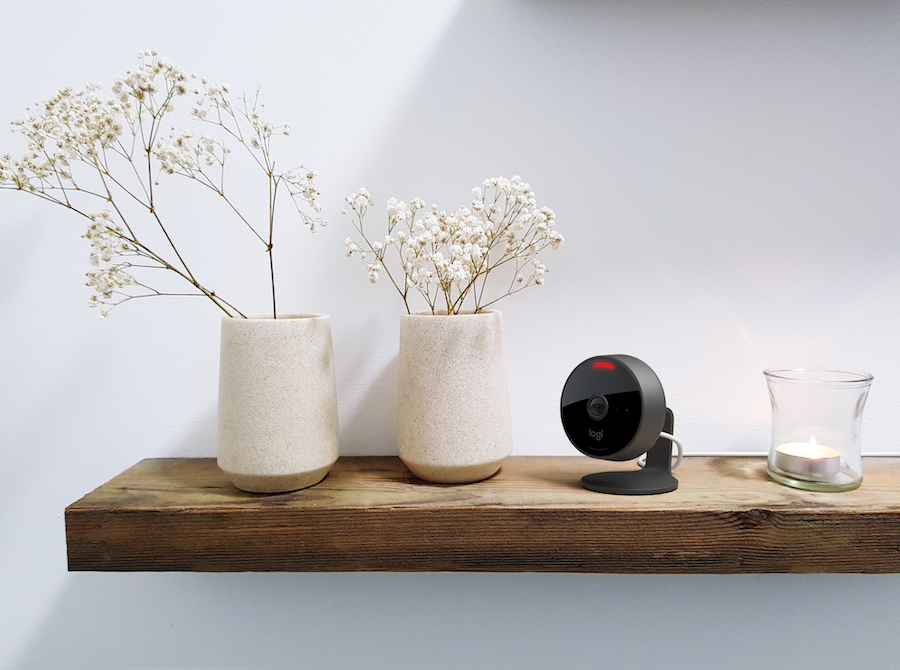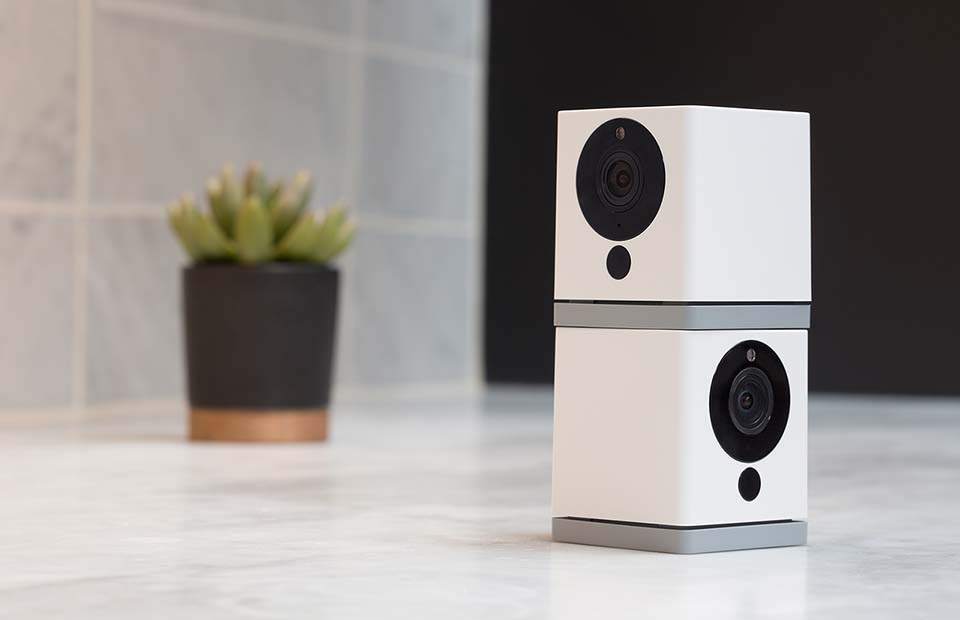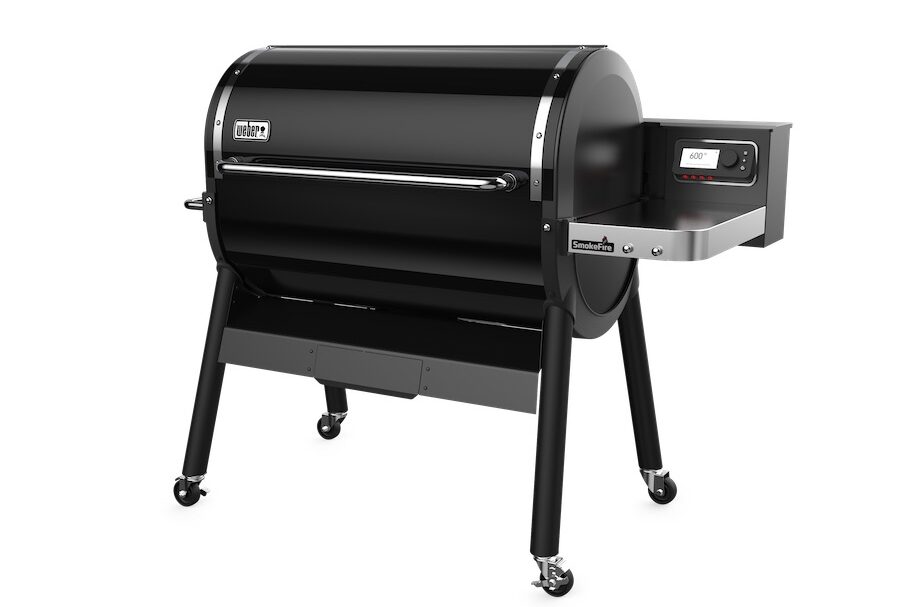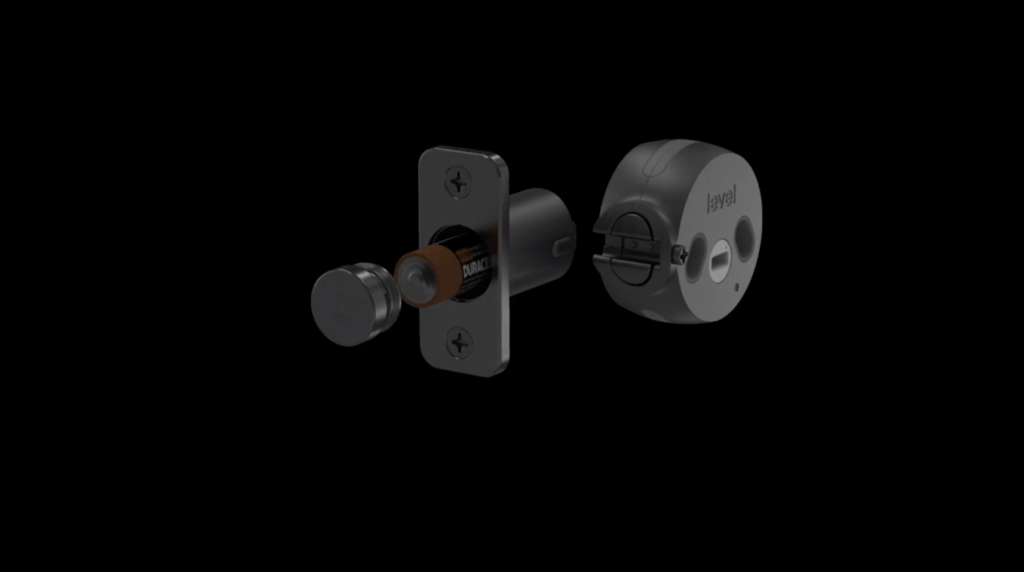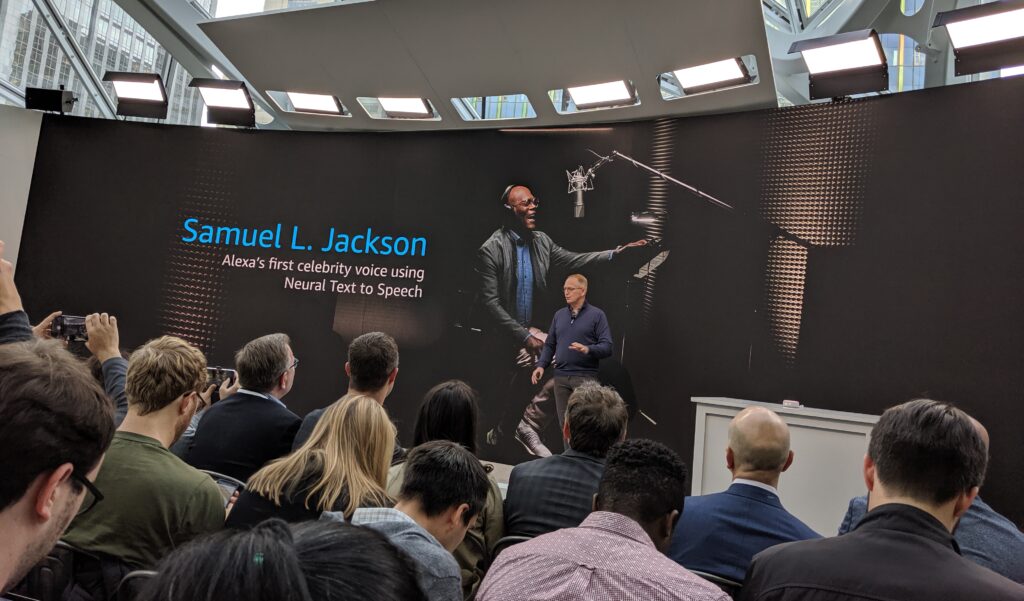This week on the show Kevin and I start with a speculative Google project dubbed the “house mouse” by researchers at Google’s ATAP group. Then we cover a bit on Google’s proposed acquisition of Fitbit, Amazon’s new smart cart, Amazon’s developer event next week, and how Amazon can compete in the digital assistant game without a phone. We also talk about SiteWise, the AWS service for industrial IoT equipment monitoring, and Microsoft and Samsung partnering on real estate in the smart home and apartment world. From there, we discuss a proposed cybersecurity law for connected devices in the UK, Zoom’s fancy new hardware, Arm’s proposed sale or IPO, and another device to prevent your smart speakers from eavesdropping. We also answer a listener question about smart outlets.
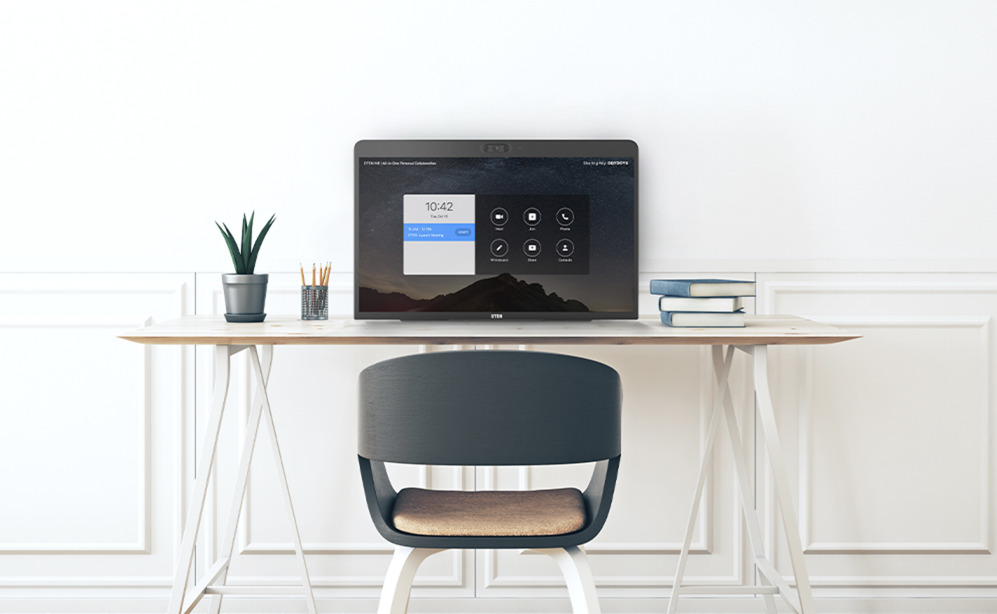
This week’s guest is Jonathan Cobb, the CEO of Ayla Networks, who explains how companies need to think about the connected tech they are adding to their offices to keep employees safe after the pandemic. We talk about what he’s doing at Ayla, what he recommends other leaders think about when trying to bring employees back, and why companies probably shouldn’t buy this stuff in haste. We also discuss security, privacy, and what you don’t want to know about your employees. It’s a helpful interview.
Hosts: Stacey Higginbotham and Kevin Tofel
Guest: Jonathan Cobb, the CEO of Ayla Networks
Sponsors: Very and Very
- Google’s house mouse may give point and click new meaning
- Amazon’s SiteWise for IIoT is designed to lock you in
- Who would buy Arm and would it be a good investment?
- Define your business problem and then buy IoT
- What should a business consider before surveilling workers
Podcast: Play in new window | Download | Embed
Subscribe: RSS

